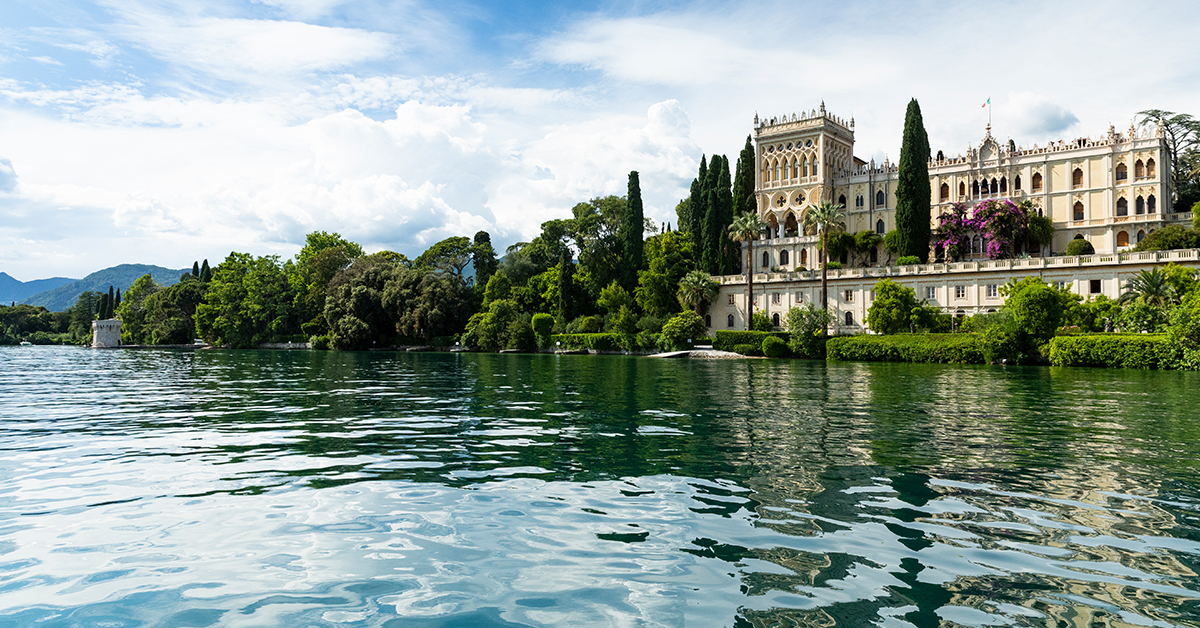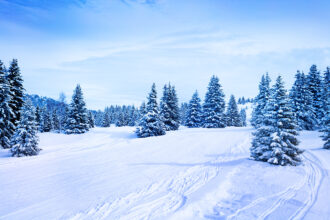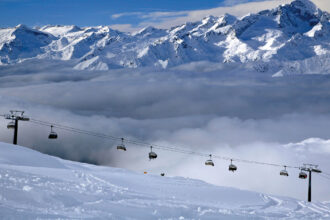ISOLA DEL GARDA: AN EDEN IN THE LAKE

Within the world, yet not of this world. A mystical place, rising on the shores of Lake Garda, just a stone’s throw from Salò and Gardone Riviera. It could exist only in dreams and disappear at any moment. Insula Craniae is its oldest name; today it is known as ‘Isola del Garda’.
The History
Initially inhabited by the Romans, it was abandoned after the decline of the empire. Around 1220, when Saint Francis of Assisi travelled through Northern Italy on his way back from Egypt, part of the island was bestowed on him and he established a hermitage for the friars. In the fifteenth century, Saint Bernardino of Siena built a convent there, which became a centre for theological studies. It was the period of greatest splendour of the garden. After the island became owned by the State, it was bought by Count Luigi Lechi of Brescia in 1817. After the region of Venetia was annexed to Italy, it lost its strategic importance and was bought and resold, in 1870, to Duke Gaetano De Ferrari of Genoa and his wife, the Russian Archduchess Maria Annenkova, to whom the rebirth of the island is owed. After four generations, the island was inherited by Livia, married to Count Alessandro Cavazza of Bologna, who left it to their third son Camillo. The current owners and heirs are the seven children who currently live on the island.
Preserving and passing on beauty
Gaetano De Ferrari, a brilliant businessman, found in Maria Annekova the ideal companion. They decided that the island would be the home of their love. The garden was renovated and a palace in Venetian neo-Gothic style was built.
An enchanting 1km-long and 60m-wide garden with a romantic touch plays with contrasts: between light and shadow, between Mediterranean and exotic essences, one ventures not into one, but into multiple gardens.
From the docking pier, one enters a dense grove of evergreens brightened by the seasonal blooms of yellow jasmine and wisteria. After a few steps, the landscape opens up to a view of the lake, while the Bizantin arches of the tower soar high over the trees.
An uncontaminated corner that one attempts to describe: a secret garden of emotions, a sacred grove in which every plant can grow freely, a safe refuge for beauty and birds. Difficult to give it a name. So, let’s call it ‘Isola del Garda’, in its deepest meaning as a place whose beautiful remains should be taken care of forever.
The Island may be discovered through guided excursions. For more information, visit the official website.


